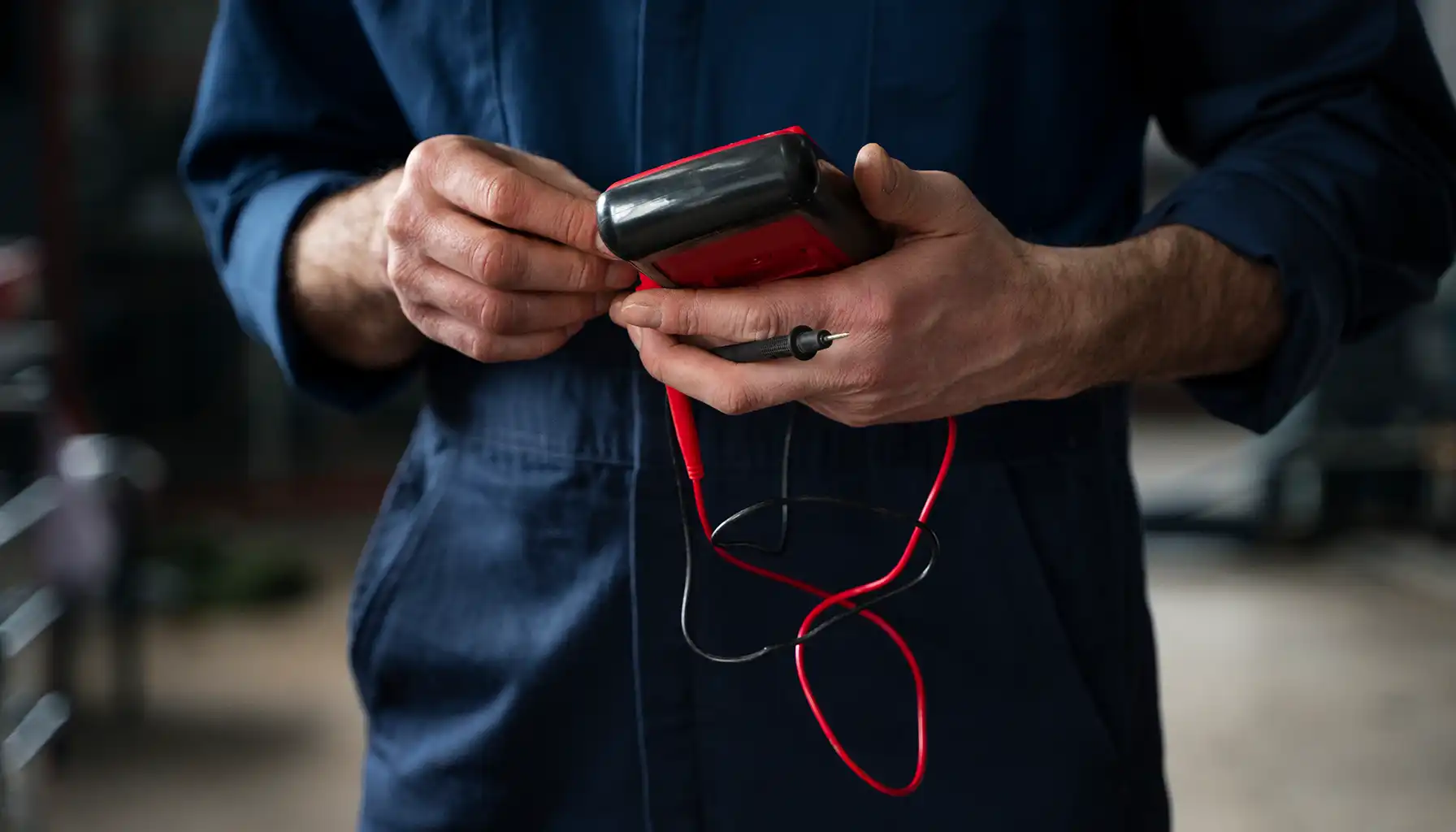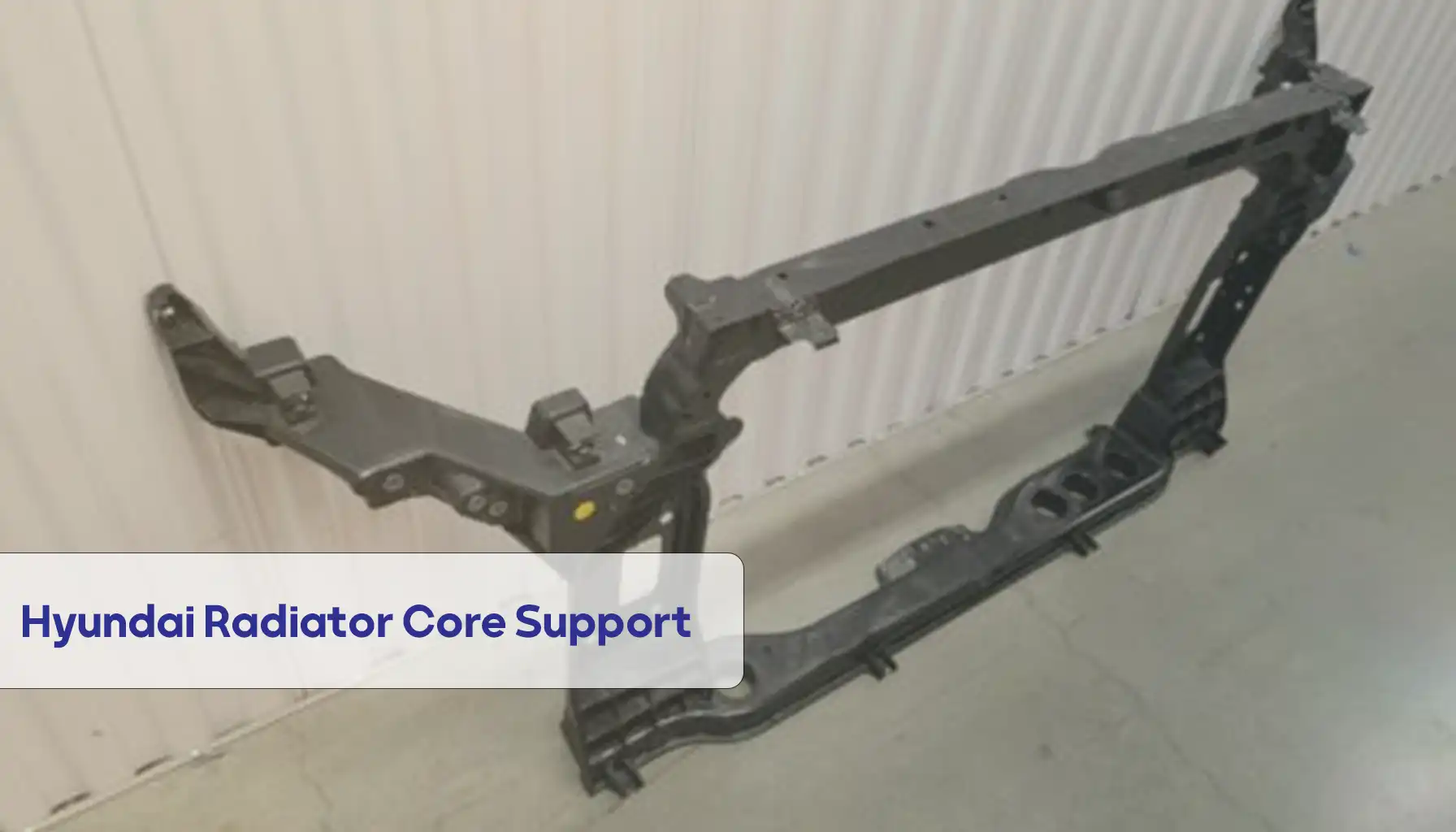Oil Pump Failure is a serious situation! Here’s the scene: you’re cruising’ down a quiet stretch of road, tunes blasting, and everything seems just peachy. Then suddenly your engine starts making this godawful grinding noise, and your heart drops. “My, oh my!” you think, “sounds like I’ve got a nasty oil problem brewing! Your mind immediately goes to the worst-case scenario: that you’ll have to spend a fortune on an oil change. I’ve been there too!

But hold up; let’s not freak out just yet. A hidden culprit might lurk within your engine—a sneaky little component called the oil pump. Have you heard of it? Essentially, this little pump constantly circulates motor oil throughout the inner workings of your car’s engine parts, lubricating all those tiny moving parts. Over time, though, wear and tear means it can conk out, start slipping, or fail altogether. Then you realize it can’t pump with enough oil and boom, you’ve got big problems!

That’s why ugly noises like loud knocking or rattling can be the first sign of issues – if you know about vehicle’s oil pump mechanism you should know that those parts ain’t getting enough lubricant and they’re protesting! Of course, a sketchy oil pump will eventually lead to bigger breakdowns and maybe a stranded call on the side of the road. Not fun, I tell ya.
Luckily, there’s a handy solution! By uncovering the threat of a oil pump failure early on, we can save our engines before nasty damage sets in. This little troublemaker needs to remain in mind, isn’t it?
Common Oil Pump Failure Symptoms:
- Low oil pressure light: An illuminated low-pressure warning can signal that the lubricant is not traversing the motor properly. The oil pump potentially cannot furnish sufficient petroleum-based liquid to engine elements. Verify levels and replenish as requisite. If the light lingers, an oil pump failure problem may persist.
- Increased engine temperature: With deficient lubricant pressure, engine heat rises, inflicting damage. Oil cools the motor by lessening friction. Monitor temperature gauges and refrain from operating an overheated engine.
- Noise from the valve train: Knocking or abrasive commotion from the engine summit may derive from the valve drive or “valve train.” These integral parts necessitate oil to avoid disrupting opening and closure. Without lubrication, aberrant noise materializes alongside accelerated wear.
- A noisy oil pump: Well-functioning oil pumps produce negligible sound. But worn gears elicit whines signaling imminent failure and the imperative equipment swap.

In summary, numerous symptoms can disclose oil pump failure and disruption, some subtly. Consult a mechanic promptly about any indicators above to circumvent extensive repairs.
This brings us to the next question:
How to Know It’s Time to Change Your Oil Pump:
Even though the symptoms described above are problematic, they aren’t always indicative of a pressing need for an oil pump replacement. Keep an eye on how your automobile is acting, though. When in doubt, take your vehicle to a technician for an expert evaluation based on the following criteria:

Here’s how to spot when your car needs a diagnostic test:
1st. Persistence is Key: If the increased engine temperature you’re experiencing or the peculiar noises like knocking, ticking, or grinding become constant, it’s a strong indication of a possible oil pump failure. These warning signals are too strong to disregard.
2nd. Put Your Faith in Your Mechanic’s Knowledge: This article can help you recognize possible symptoms, but only a trained mechanic can determine what’s wrong and fix it. Make time to meet with an expert for a thorough assessment.
3rd, Put Your Engine’s Well-Being First: Ignoring an oil pump failure may cause extensive harm to your engine and expensive repairs down the road. Avoid these problems and keep your engine running smoothly for years to come by getting expert advice quickly.

The most important things to keep in mind while trying to figure out if your oil pump requires replacing are the severity of the symptoms, how often they occur, and the advice of a mechanic.
Oil Pump Failure: Paint Point Table
| Pain Point | Description | Action |
| Low oil pressure light | Illuminates when oil flow is insufficient, potentially indicating a oil pump failure. | Consult a mechanic if the light remains on. Check the oil level and top it off if necessary. |
| Elevated engine heat | Insufficient oil pressure can cause the engine to overheat due to increased friction. | If the engine temperature gauge indicates excessive heat, avoid driving. Seek professional assistance as soon as possible. |
| Unusual valve train noises | Knocking, ticking, or grinding sounds from the engine’s top can indicate inadequate oil lubrication due to a failing pump. | Don’t ignore these noises. Schedule a mechanic inspection to diagnose the issue. |
| Noisy oil pump | Whining or whirring sounds coming from the oil pump area point toward worn gears and potential pump failure. | Replacing the oil pump is likely necessary. Consult a mechanic for diagnosis and repair recommendations. |
| Persistent symptoms | Even if symptoms appear occasionally, their repeated occurrence signifies potential oil pump problems. | Don’t wait for complete failure. Seek professional help to prevent further engine damage. |
Notice: Always consult a qualified mechanic for accurate diagnosis and repair advice.
Early Detection Tips:

In addition to the symptoms mentioned in the passage, here are some additional early detection tips for oil pump failure:
- Monitor your oil pressure gauge (if equipped): Most modern vehicles don’t have an oil pressure gauge on the dashboard anymore, relying on a warning light instead. However, if your car has a gauge, so watch for any drops in oil pressure at idle or while driving.
- Pay attention to changes in engine performance: You should pay attention to any changes in the performance of your vehicle’s engine, such as reduced engine power, hesitations, or rough idling, as these symptoms may indicate other problems as well.
- Be mindful of unusual engine smells: Be mindful of unusual engine smells: Occasionally, you may smell burning oil while driving a vehicle and this could indicate excessive wear and tear in the engine, which could indicate that the oil pump has failed.
What Happens If an Oil Pump Fails?
ignoring the telltale signs of a failing oil pump is like ignoring the flashing check engine light on your dashboard: it’s a recipe for disaster. Here’s what you can expect if you choose to neglect this crucial component:
- Amped-up Wear and Tear: Your engine desperately relies on oil to grease up all those intricately moving metal bits. Without enough lubricant making the rounds, we’re talking wicked friction between parts that’ll wear ‘em down faster than my high school football cleats. It’s basically like your engine’s transforming into a giant, poorly oiled machine grinding itself to dust from the inside out!
- Not-So-Sweet Engine Damage: Okay now, increasing friction is already bad news. But the longer it goes on, the uglier it gets! Important components like bearings, pistons, and camshafts start getting all scored up and warped. Some even straight-up seize up and snap! Next thing you know, you’ve got full-blown engine destruction on your hands requiring reconstructive surgery. We’re talking pricey rebuilds or even total replacement if things get gnarly.
- The Point of No Return: Heads up – the nightmare scenario is complete engine lock up. When parts freeze in place from lack of oil, kiss that baby goodbye! We’re talking tow trucks, long shop waits, and whopping bills since the only fix is a whole new engine. About as convenient as a power outage during the Super Bowl, if you ask me.
The moral here is prevention over repairs any day! Keep that oil pump happy and your engine will thank you by lasting years rather than seizing up miles down the road. Consider yourself warned!
Oil Pump Failure Cost Breakdown:
| Component | Average Cost Range | Notes |
| Oil Pump | $50 – $500 | Varies depending on vehicle make, model, and pump type. |
| Labor | $250 – $1,000 | Depends on labor rates and shop type, the complexity of access to the pump, and repair time. |
| Oil & Filter | $50 – $150 | Includes cost of new oil and oil filter. |
| Gaskets & Seals | $50 – $200 | Additional gaskets and seals might be required during replacement. |
| Diagnostics | $50 – $150 | Cost of diagnosing the issue and confirming oil pump failure. |
| Towing (if engine seizes) | $100 – $300+ | Additional cost if the engine seizes and requires towing to a repair shop. |
| Total Cost | $400 – $2,500+ | Varies greatly depending on the factors mentioned above. |

Important Notes:
- These are estimates only and actual costs may vary significantly depending on your specific situation.
- Prices can differ based on your location, the specific repair shop you choose, and the availability of parts.
- This table does not include potential costs associated with additional engine damage caused by a neglected oil pump failure, which could significantly increase the overall repair bill.
Wrapp-up
At the end of the day, maybe this oil pump chatter seems like a whole lotta hype. But consider the facts – these inconspicuous little pumps play a huge role in smooth engine function. Failure means a world of mechanical hurt!
Sure, you could ignore those questionable noises and ominous warning lights for now. But every mile driven furthers the friction frenzy within, wearing parts to the bone. And eventually, you’ll find yourself face-to-face with sky-high quotes for full rebuilds when the damage is irreversible.
Suddenly that $300 oil pump replacement and preventative maintenance is looking like a total bargain, am I right? Just a drop in the bucket next to a multi-thousand-dollar engine overhaul. And those stranded calls on the side of the road while visiting Mom two states over? Forget about it. Not how anyone wants to spend their weekends!
Here’s the key: A pinch of prevention protects that painstaking engine investment you’ve made over the years. Don’t miss out by dismissing oil pump problems today that’ll cost you way bigger tomorrow, inconvenience, and hard cold cash. Your engine and your wallet will thank you!



